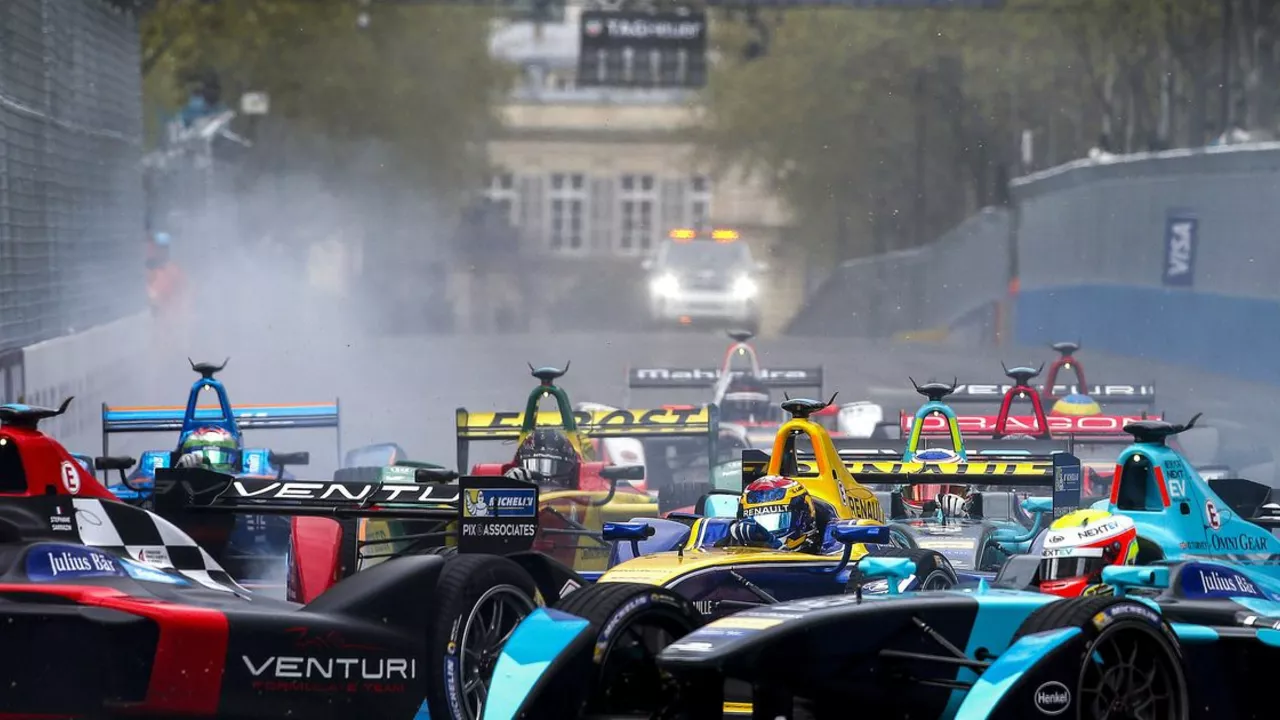In the thrilling world of motorsports, there are several types of formula racing that captivate fans around the globe. From the renowned Formula 1, which is often seen as the pinnacle of motor racing, to the eco-friendly Formula E, each series offers its unique twist on the sport. Other notable series include Formula 2, Formula 3, and Formula 4, each serving as stepping stones for drivers aiming for the top. Additionally, there's the exciting Formula Renault and the prestigious IndyCar Series. So, all in all, there's a lot of variety and excitement in the world of formula racing for any motorsports enthusiast.
Motorsport Types: A Quick Look at Every Racing Category
If you love speed, you’ve probably heard the word "motorsport" tossed around a lot. What most people don’t realize is that motorsport isn’t one thing – it’s a whole family of different racing styles. Knowing the different types helps you pick the races you’ll enjoy, understand the tech behind the cars, and even follow the right news feeds.
First up, the classic track‑based races. These include Formula 1, IndyCar, and the many national touring series. They all run on paved circuits, but each has its own flavor. F1 focuses on aerodynamic perfection and lightning‑fast lap times. IndyCar adds oval tracks to the mix, which demand a different setup and driving style. Touring cars, like those you see in the British GT, let manufacturers showcase daily‑driven models that are tweaked for the track.
Drag, MotoGP, and Other High‑Adrenaline Formats
Drag racing is probably the simplest form – two cars line up, burn a lot of rubber, and see who reaches the finish line first. It’s all about raw power and reaction time, and the quarter‑mile strip can feel like a rollercoaster. MotoGP, on the other hand, puts two‑wheel machines on the same high‑speed stage. Riders don’t turn the handlebars much; they lean their bodies to steer, which keeps the front wheel planted and the bike stable at crazy speeds.
Other fast‑paced types include rallying, where drivers race on mixed surfaces from tarmac to gravel, and off‑road events like Baja or the World Rallycross series. These races demand navigation skills, a sturdy car, and a co‑driver who can call out turns seconds before they happen.
Endurance, Electric, and Future‑Facing Racing
Endurance races like the 24 Hours of Le Mans test how long a car and its crew can stay on the track. It’s not just speed; it’s strategy, durability, and driver rotation. The story of Ken Miles at Le Mans shows how technicalities can change the outcome even after a car crosses the line first.
With the planet pushing for greener tech, electric racing is taking off. Series like Formula E and the new electric classes in endurance racing prove you can get blistering speed without gasoline. The quiet hum replaces the roar, but fans still get close battles and fast lap times.
Safety is another thread that runs through every type. Better chassis, stronger helmets, and on‑track medical teams have cut down injuries dramatically. New ideas like autonomous safety cars and smarter track barriers keep the sport moving forward.
Finally, there’s a fun debate about manual versus automatic gearboxes in racing. Many purists say a manual lets the driver control power delivery precisely, and they love the feel of shifting gears themselves. Automatics, especially dual‑clutch units, can shift faster than a human, which changes the balance of skill and technology.
Understanding these motorsport types gives you a better grasp of what makes each race exciting. Whether you’re into the raw power of drag, the finesse of a Formula 1 lap, or the future of electric speed, there’s a corner of the racing world that matches your taste. Keep exploring, watch a few races from each category, and you’ll quickly find the ones that make your heart race.
